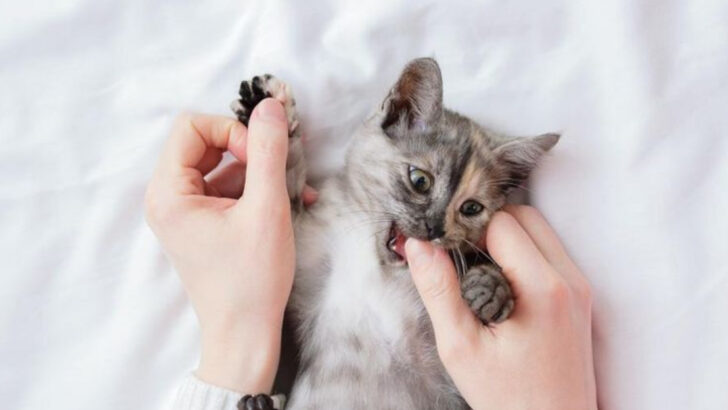Cats bite. It’s not always cute.
Sometimes it’s love nips, but other times? It’s a full-on warning shot or a cryptic message wrapped in teeth.
What’s behind those sudden chompers? Frustration, fear, play, or just plain mystery. Your cat isn’t just being naughty—they’re trying to say something, and it’s time to listen.
From subtle hints to loud signals, these 7 reasons will crack the code on your feline’s biting behavior. Prepare for some surprising truths!
Playfulness
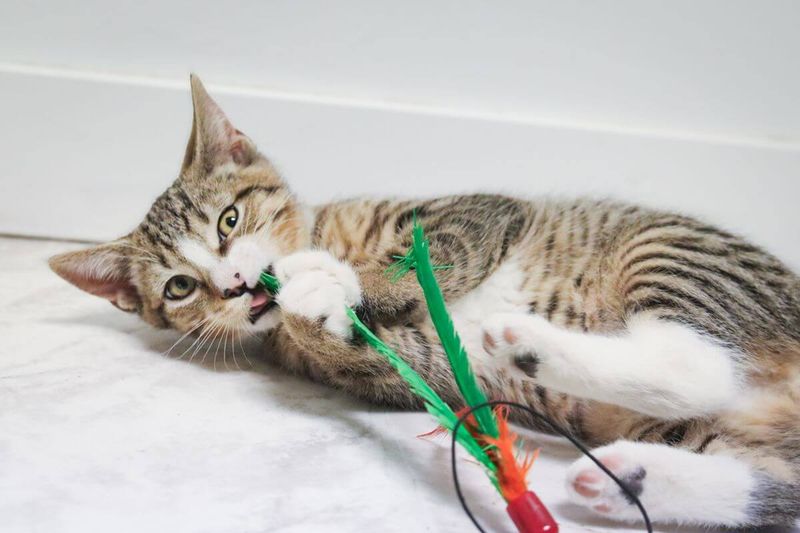
Ever seen a kitten with a mischievous glint in its eye? That playful nip is often a sign they’re inviting you to join in their fun. Cats, especially kittens, have a natural instinct to play, which often involves mock biting.
This behavior is driven by their hunting instincts. When they see movement, they may respond with a bite as part of their playful antics.
Encourage this behavior with toys rather than your hands, and you’ll both enjoy countless hours of fun together. Engaging with your cat in this way helps satisfy their innate needs.
Overstimulation

Pet a cat too long, and suddenly you might find yourself on the receiving end of a nip. Cats can become overstimulated from prolonged petting, which may lead to a sudden bite.
This reaction is often due to a buildup of sensory input that becomes overwhelming. It’s their way of saying, “I’ve had enough!”
Recognizing the signs—like twitching tails or shifting positions—helps prevent this. To keep harmony, always be attentive to your cat’s body language during petting sessions.
Fear or Anxiety
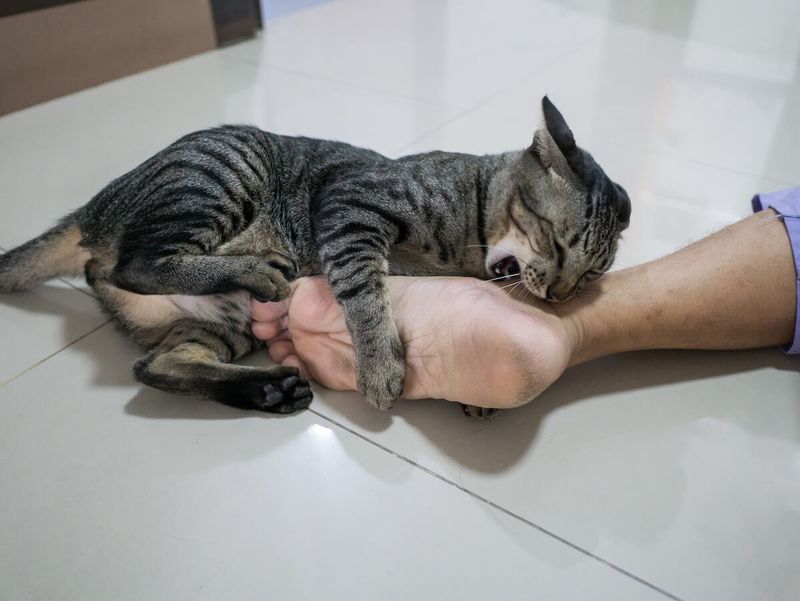
A scared cat is likely to resort to biting as a form of defense. If a cat feels trapped or threatened, a bite may be their only escape.
Fear-induced biting is often accompanied by other signs like hissing or puffed-up fur. Understanding this, and giving your cat space, can prevent escalation.
Creating a safe and calm environment helps reduce anxiety. Providing plenty of hiding spaces and a quiet atmosphere reassures your feline friend, fostering a sense of security.
Territorial Behavior

Cats are territorial creatures, and sometimes a bite is a way of saying, “This is mine!” Whether it’s a favorite spot or a beloved human, they may nip to assert their claim.
This behavior is more common in homes with multiple pets. Keep an eye on interactions between your cat and others to prevent territorial disputes from escalating.
Introducing new pets gradually and ensuring each animal has its own space helps maintain peace and order in the household.
Medical Issues
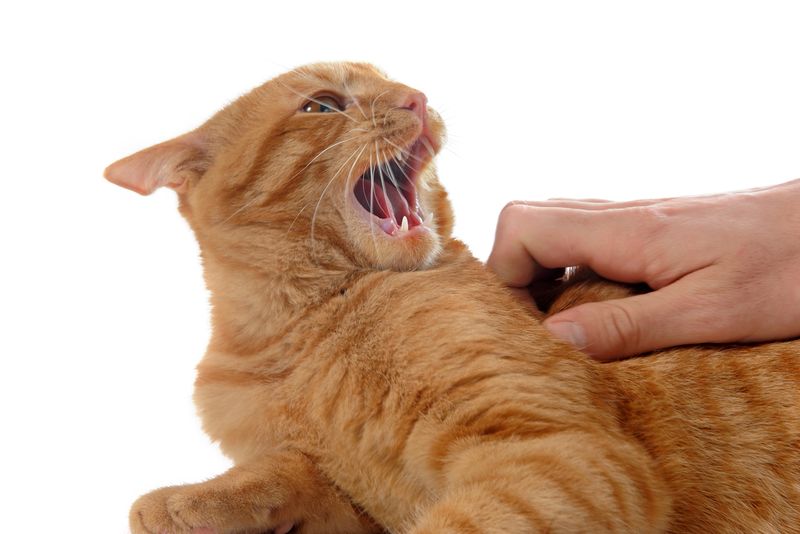
Sometimes, a bite is a cry for help. If a usually gentle cat suddenly starts biting, it might be due to discomfort or pain. Cats often hide their ailments, so biting can be an indirect way to express distress.
If you suspect this, a veterinary check-up is essential. Regular health screenings can catch issues early, keeping your pet comfortable and happy.
Observing changes in behavior, like biting, can be critical in ensuring your cat’s well-being.
Attention Seeking
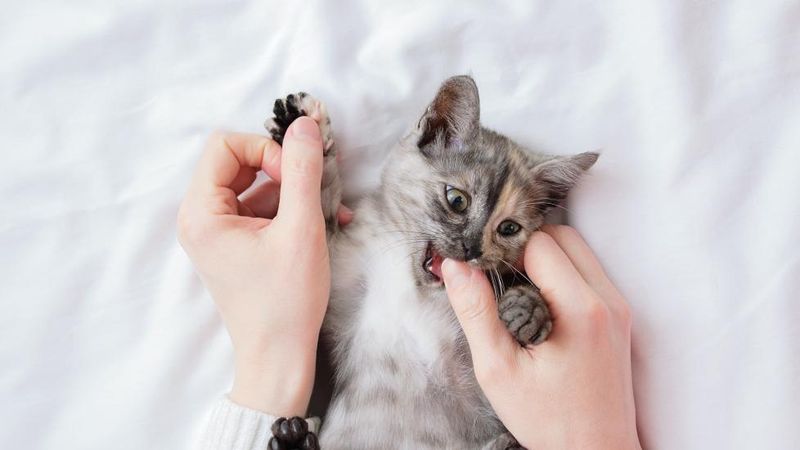
With a swish of the tail and a playful nip, some cats know how to get your attention. Biting can be a way of saying, “Look at me!” when your cat feels ignored.
This is common in social felines who crave interaction. Providing regular playtime and affection can mitigate this behavior.
Ensuring your cat receives ample love and stimulation throughout the day helps satisfy their social needs, reducing the likelihood of attention-seeking bites.
Redirected Aggression
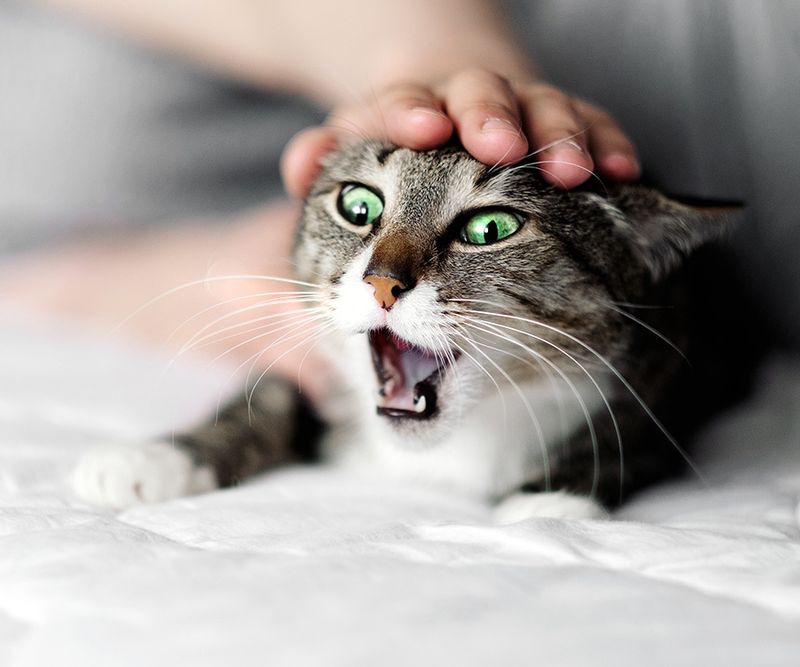
A cat watching birds through a window may suddenly turn and bite you. This redirected aggression occurs when a cat is frustrated by something they can’t reach.
This might not be personal; it’s their way of dealing with pent-up energy. Providing interactive play or a new toy can diffuse this aggression.
Understanding your cat’s triggers helps manage and prevent these incidents, ensuring a harmonious relationship.

